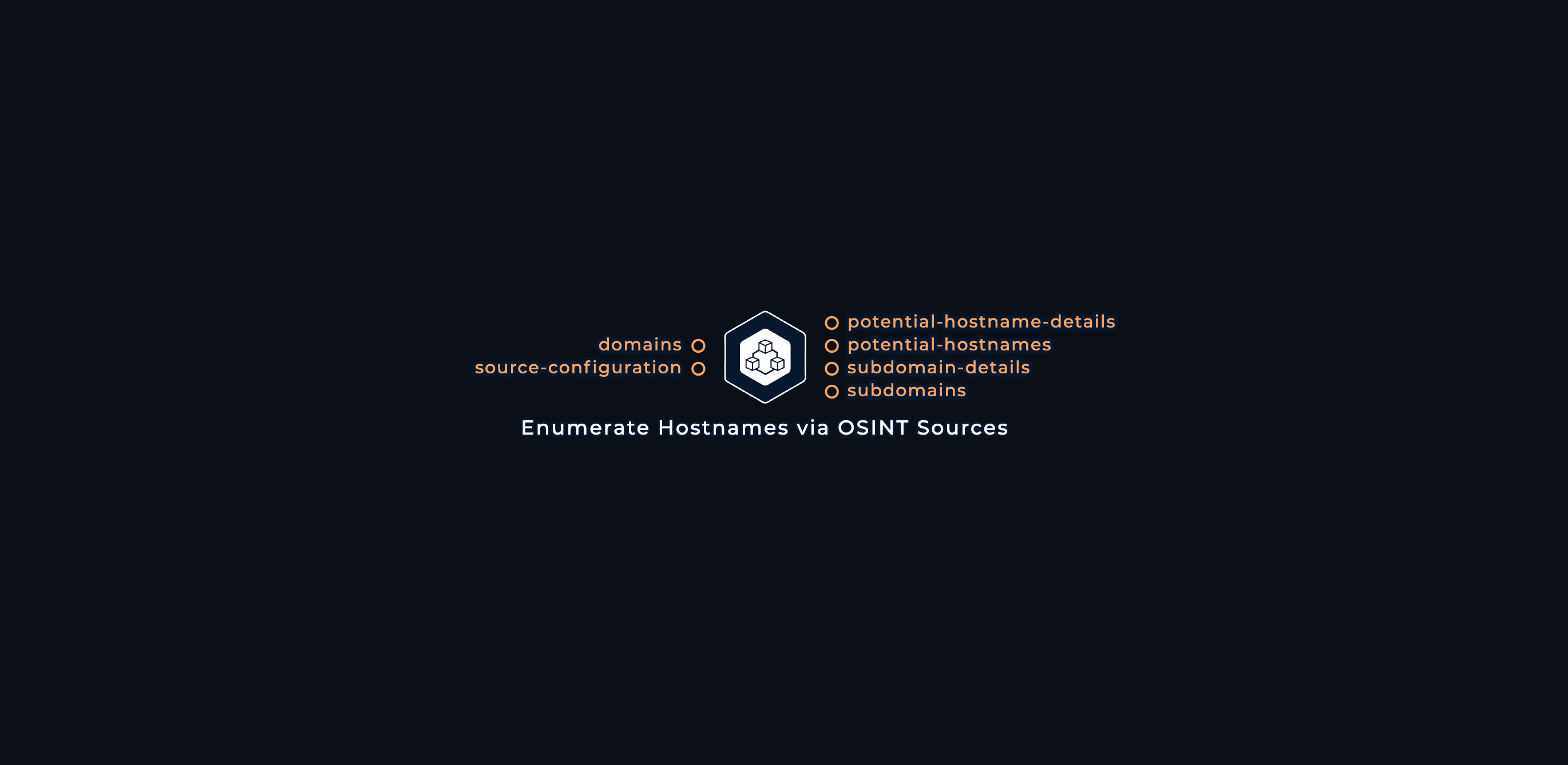
Introducing Modules: Professional Tools for Unbeatable Edge Over Attackers
automation cybersecurity scalability modulesOn this page
Get Started with WorfklowsEarly History of Offensive Tooling and Community
The Offensive Security can be considered one of the most vibrant communities of all industries. The evolution of command-line security tools began in the 1970s with Unix's crypt, a simple file encryption utility, marking the dawn of security-specific tools. Fast-forward to 1997, the release of Nmap by Fyodor revolutionized network security by enabling detailed network scanning and analysis. Over the years, tools like Metasploit Framework for penetration testing, John the Ripper for password cracking, Aircrack-ng for Wi-Fi security assessment, and Nikto for web server scanning have become essential in the cybersecurity toolkit. These tools highlight the continuous advancement and critical role of command-line utilities in maintaining robust security postures.
Cons of Exceptional Community
A vibrant community with many contributors comes with its own cost. Over the years, security tooling has become much more challenging to manage, to the point that it has become impossible. Managing the tools with their versions, parameters, updates, and different outputs when used in even production-ready systems brought completely new problems companies and individuals were not ready to face.
Tool Quality and Prioritization Problem
Even with a good grasp of the daily community talks on various social networks and forums and having your preferred tooling list, it always comes to prioritization. Which tools to use and why? How does the tool in question perfectly complement the use case that needs to be solved? Should the tool be straightforward and cover one small task or process, or should it be a SwissKnife offering all in one?
These are all the questions security teams face every day. This is why, from day one of building Trickest and workflow automation, we wanted to tackle this problem and solve it once and for all. As our customer feedback grew over time, we were able to get what issues were the most pressing ones.
Modern Problems with Security Tooling
As Trickest usage grew over time, we compiled a list of the main problems with the tools today:
- Lack of Knowledge About Tool Functioning: Many security tools have cryptic names that provide no insight into their functionality, leaving users, especially engineers, confused about their purpose and application.
- Tool Updates: Frequent updates to security tools can break existing workflows, causing instability and unusability, and alter outputs, thereby increasing the complexity of maintaining a reliable security infrastructure.
- Scalability Problems: Security tools often struggle with significant inputs, leading to poor performance and unreliable results, making it challenging to scale security operations effectively.
- Confusing Input Parameters: Each security tool has its own unique set of parameters, which are often inconsistent and confusing, requiring users to spend significant time learning and configuring them correctly for optimal results.
These challenges highlighted by our users led us to develop a unique and professional tool feature - the Modules.
Introducing Modules

One of our customer's statements captures the essence of modules: "Security automation should be focused around the processes, not the tools." A Module is a simple yet very powerful node in a workflow or solution that covers the entire offensive security process end-to-end.
These are the main benefits of modules:
- Best and Proprietary Tools: With traditional version control, each module introduces its own release cycle, ensuring continuous improvement. The latest versions of tools are always available, maintaining structured outputs to prevent workflow disruptions.
- Automatic Deployment of New Updates: Tool updates are managed within the module itself, ensuring customers always have the latest version without worrying about potential breaks or compatibility issues.
- Built-in Scalability: Modules are designed with scalability in mind, efficiently distributing load based on the size of the machine fleet, regardless of the volume of input assets such as domains or IP addresses.
- Simple and Consistent Inputs and Outputs: Modules offer structured and easy-to-understand inputs and outputs tailored to specific processes. These parameters rarely change, providing flexibility and reliability across various use cases without the concern of frequent updates.
Conclusion
The landscape of offensive security tooling has evolved dramatically from the early days of Unix's crypt to the sophisticated and comprehensive tools available today. While the vibrant and active community has driven significant advancements, it has also introduced challenges in managing tool updates, scalability, and usability. These challenges highlight the need for a more structured and reliable approach to security tooling.
Trickest Modules addresses these modern problems by offering professional tools that ensure continuous improvement, automatic updates, built-in scalability, and simplified inputs and outputs. By focusing on processes rather than tools, Trickest provides a robust answer for maintaining an effective and efficient security posture.
With Trickest Modules, security teams can overcome the complexities of managing diverse tools, ensuring they have an unbeatable edge over attackers. This powerful approach not only simplifies security operations but also enhances the overall effectiveness of offensive security efforts. Visit the documentation to learn more about Modules.
GET STARTED WITH TRICKEST TODAY
Complete our registration to elevate and automate your offensive security endeavors.
Get started